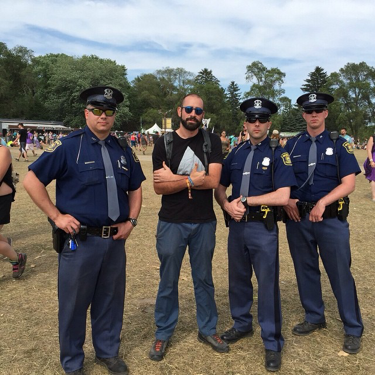Arise Music Festival Announces 5th Year Celebration with Atmosphere and Tipper Topping Lineup
Loveland, CO: Mark your calendars for ARISE Music Festival's 5th Year Celebration this August 4-6 at Sunrise Ranch in Loveland, Colorado. The 2017 ARISE Festival lineup includes Atmosphere, Tipper, Ani DiFranco, Rising Appalachia, Brother Ali, The Expendables, Dirtwire, Desert Dwellers and Late Night Radio; as well as featured appearances from bluegrass favorites The Travelin’ McCourys, Jeff Austin Band and The Brothers Comatose. With eight stages of musical performances, plus more bands to be announced through May, including three additional headlining acts, the 5th Year Celebration of Colorado’s fastest growing music festival is sure to be the best yet.
ARISE Music Festival
August 4-6, 2017
Sunrise Ranch, Loveland CO
CLICK HERE FOR MORE INFO AND TO PURCHASE PASSES
Atmosphere
Tipper
An independent, family-run, leave-no-trace event, the ARISE Festival takes place over three days at Sunrise Ranch, a 350-acre organic farm and retreat center, located in a stunning Colorado mountain valley just west of the town of Loveland. Recognized as more than a music festival, ARISE offers a range of activities such as workshops, enriching yoga classes, provocative documentary films and panel discussions, art installations, live painters and art gallery, performance artists and theme camps. ARISE also offers “interactive villages” including a Children’s Village, Food Truck Village, Vending Village, Healers Village, Hemp Village, Wisdom Village and a Solution’s Village, showcasing ecological and social justice solutions with practical on-site demonstrations designed to make our world a better place.
The consummate summer camping festival for conscientious music fans --- ARISE is renowned for bold and progressive “global cooling” initiatives, such as a long-held commitment to planting one tree with every ticket sold, staging a pre-festival permaculture training, local sourcing, an organic farmer’s market in the campground, and a leave-no-trace ethos.
Tucked away in a private, majestic valley surrounded by a sweeping red rock landscape and consistently near perfect pastel summer skies, the ARISE Festival site at Sunrise Ranch is also conveniently located within 65 miles from Denver and Denver International Airport, close to Boulder, neighboring Fort Collins and surrounding communities.
Widely regarded as "Colorado's Best Festival,” ARISE has received accolades from national media outlets such as Rolling Stone Magazine. Rated among the nation’s top destination summer music festivals by BuzzFeed News and Orbitz, ARISE consistently receives rave reviews for the quality of the overall festival experience.
The ARISE Music Festival upholds a fundamental commitment to musical diversity highlighting acts that range from hip-hop to electronic, bluegrass to reggae, funk to soul, folk to rock 'n' roll. Previous years have featured performances including Jurassic 5, Ziggy Marley, Edward Sharpe and the Magnetic Zeros, Michael Franti and Spearhead, Galactic and The Polish Ambassador as well as groundbreaking performances from up-and-coming artists, both national and regional.
For more information about ARISE Music Festival and Early Bird ticket opportunities check out www.arisefestival.com




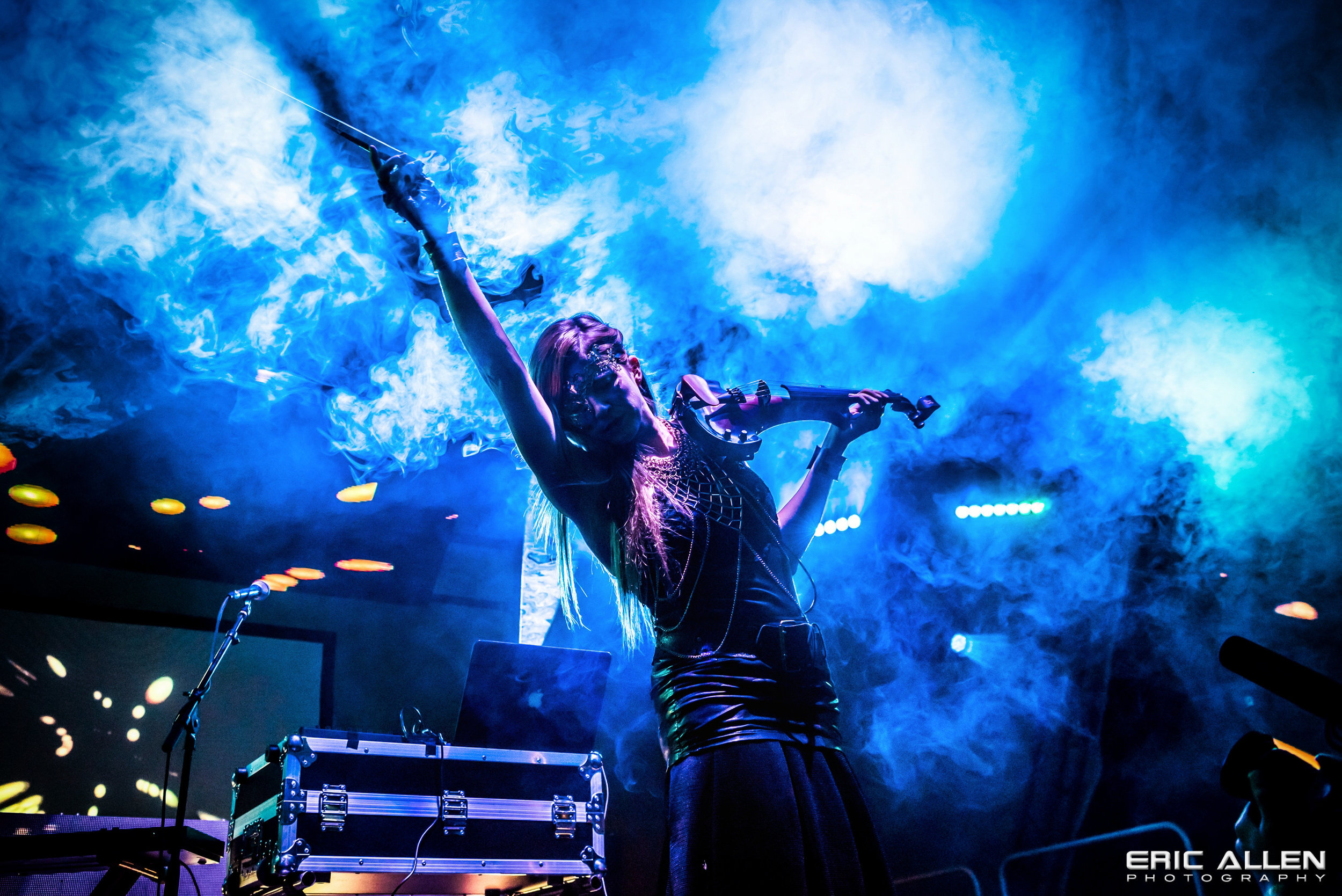

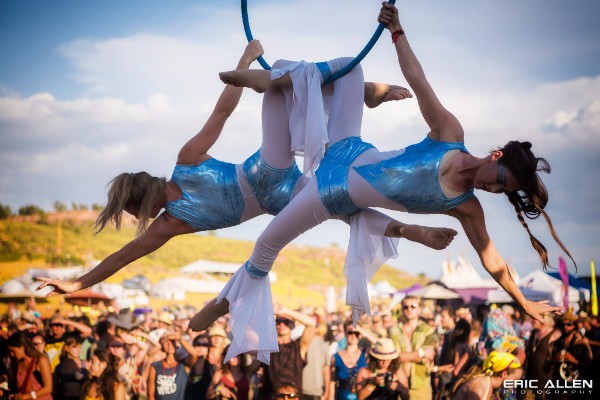
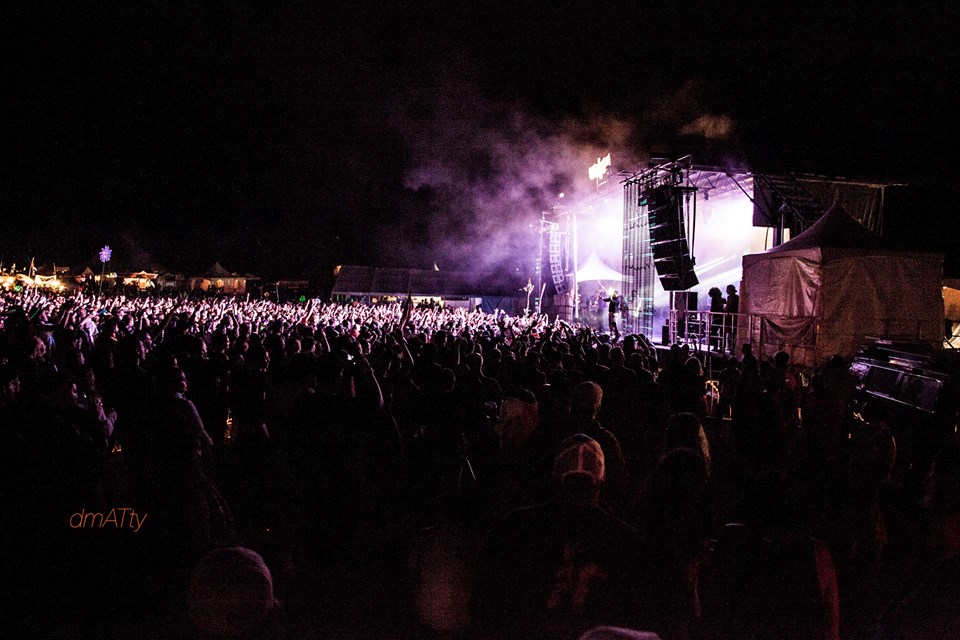

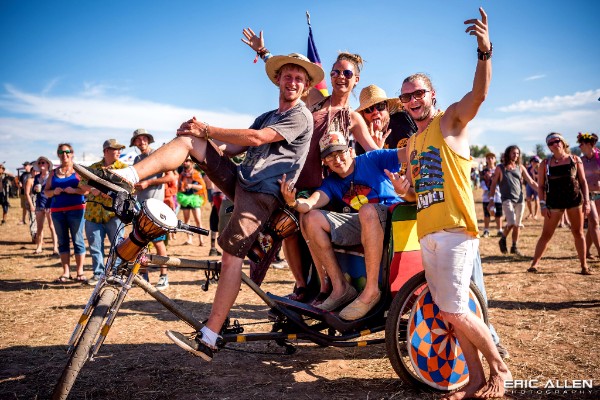







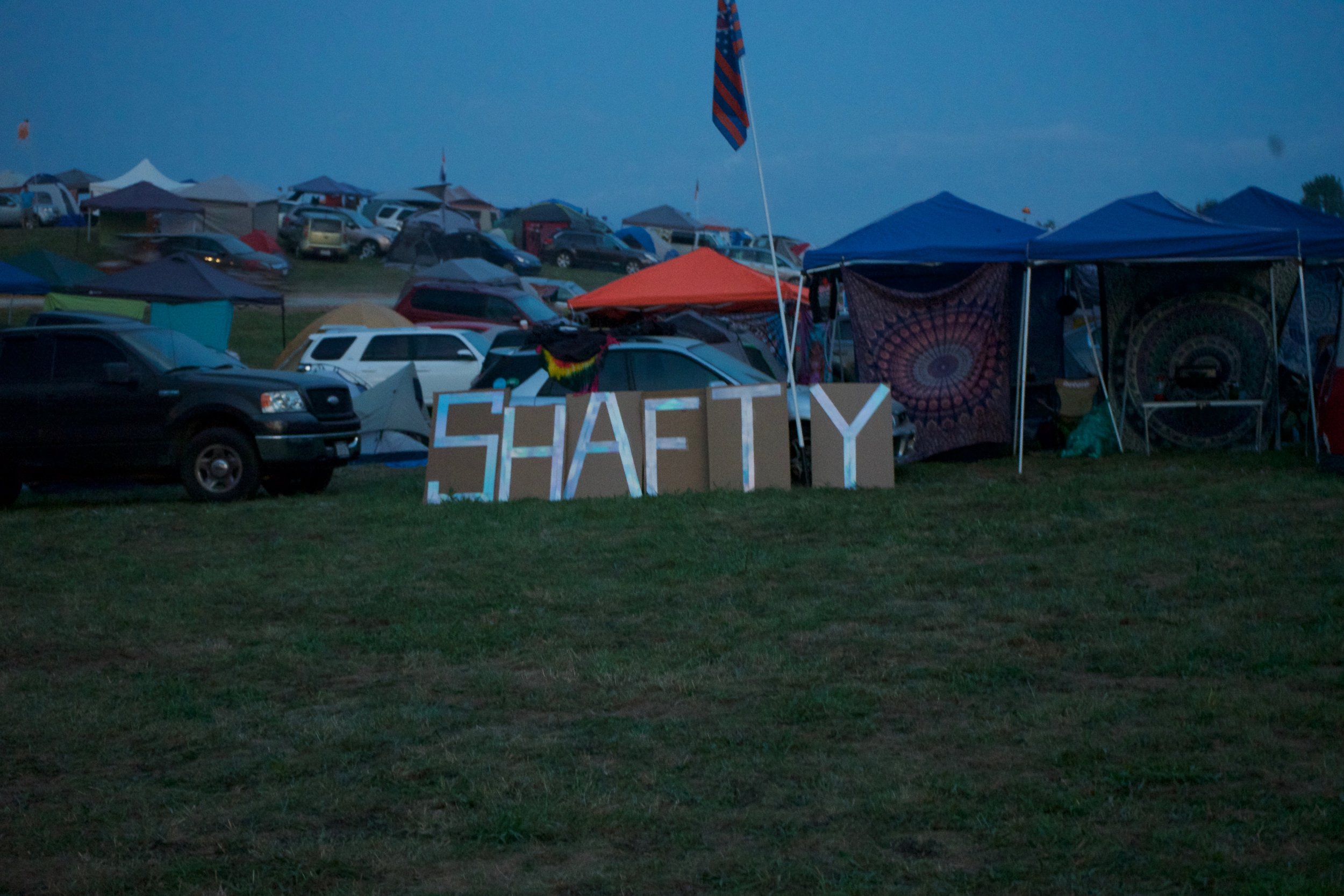



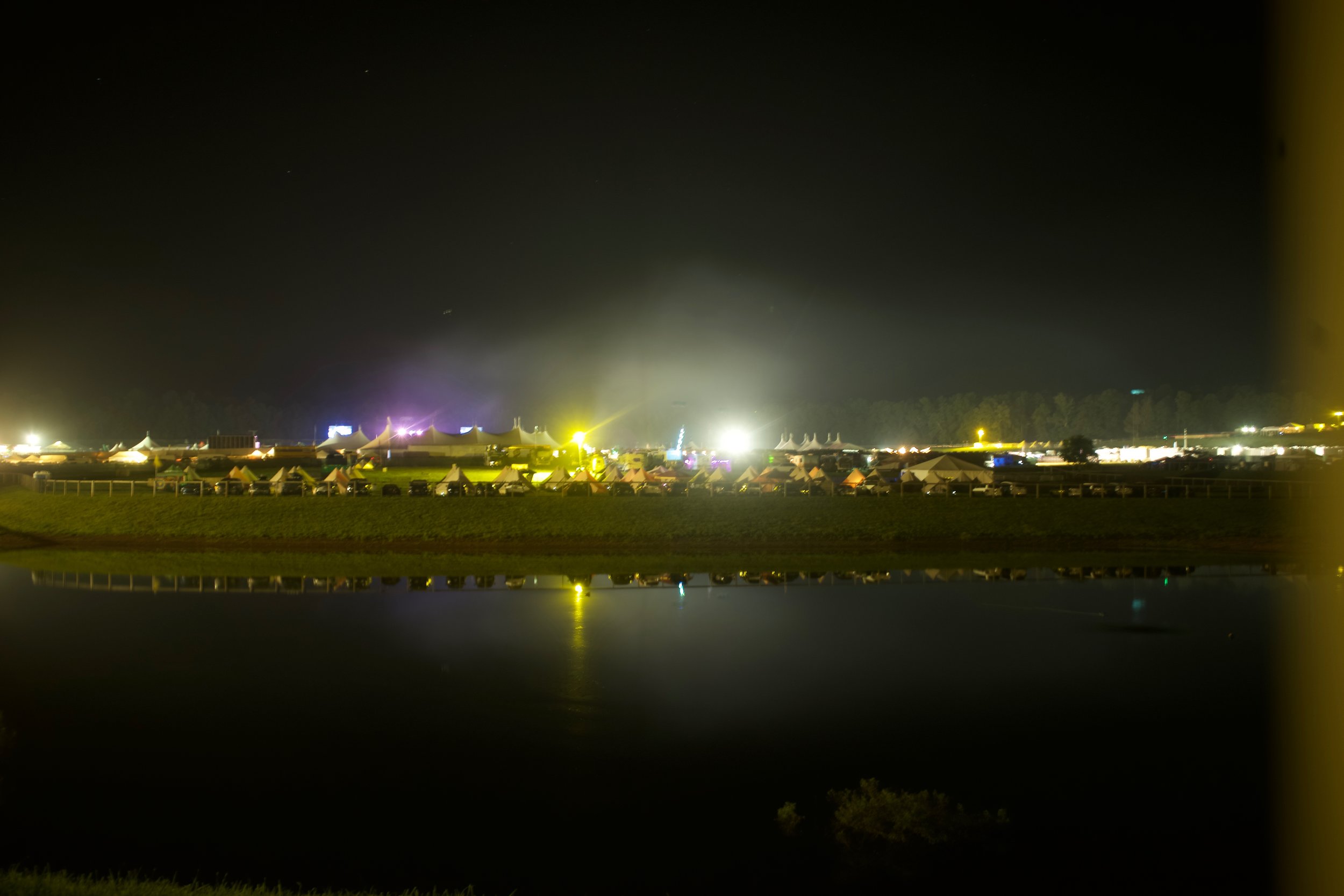


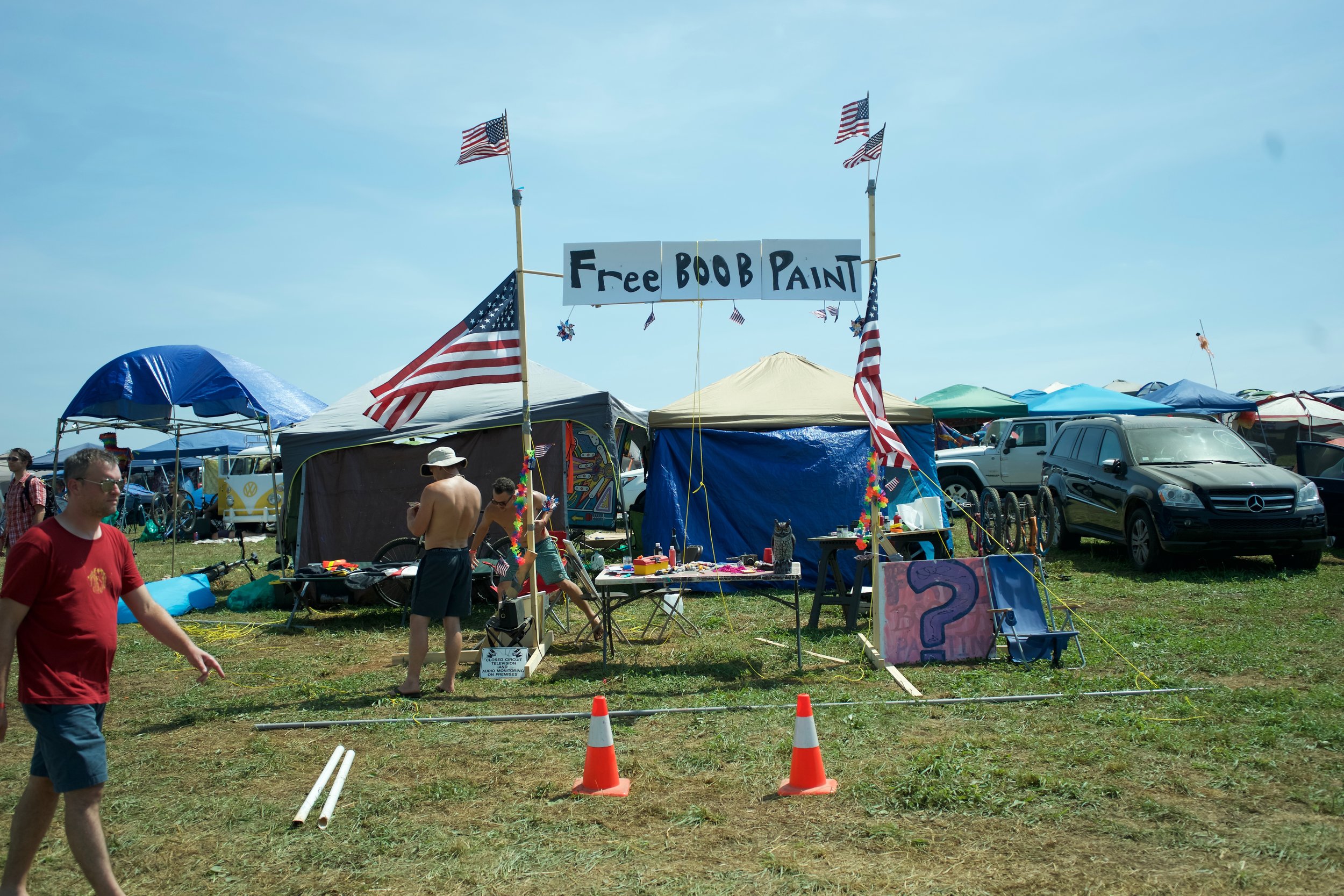


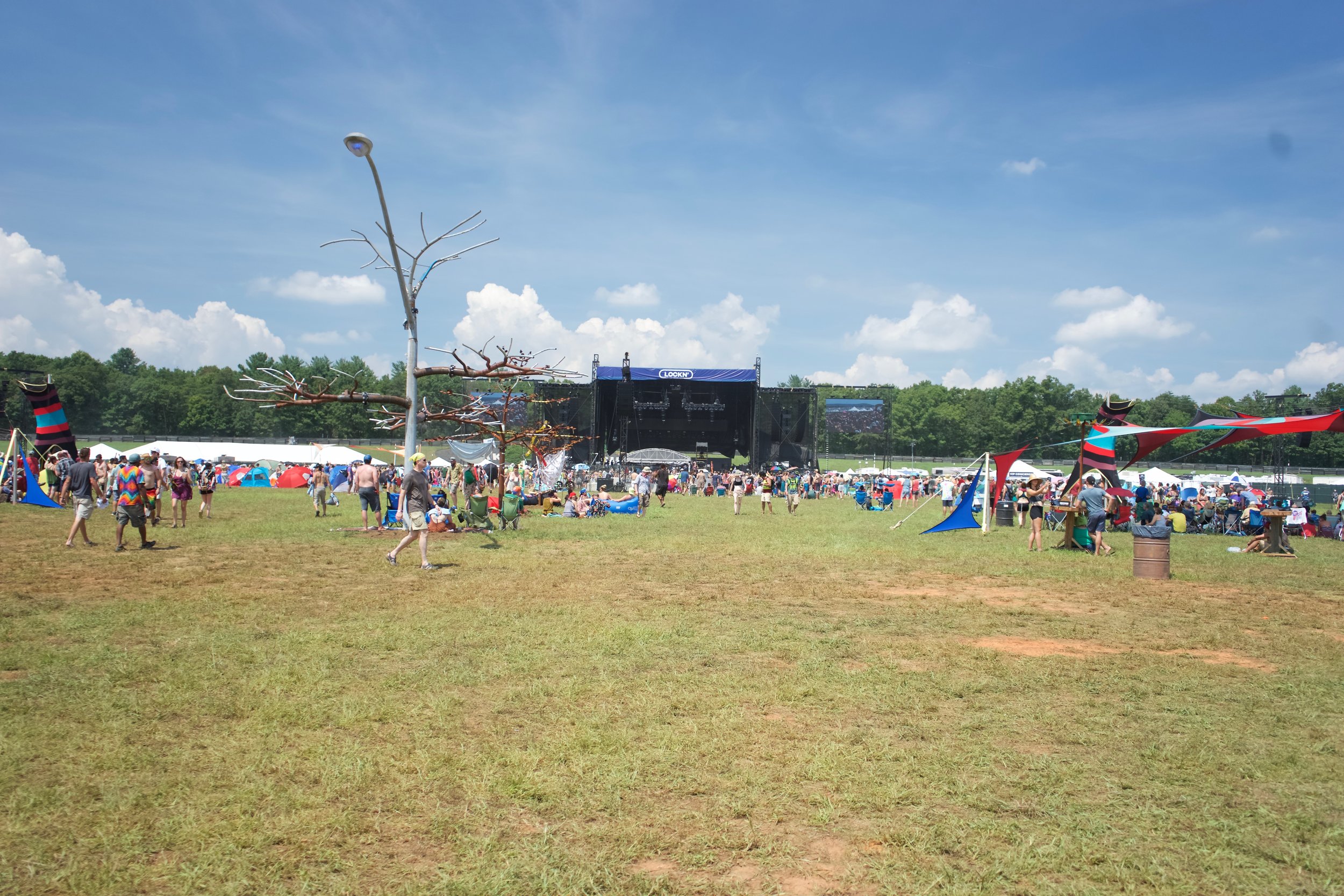


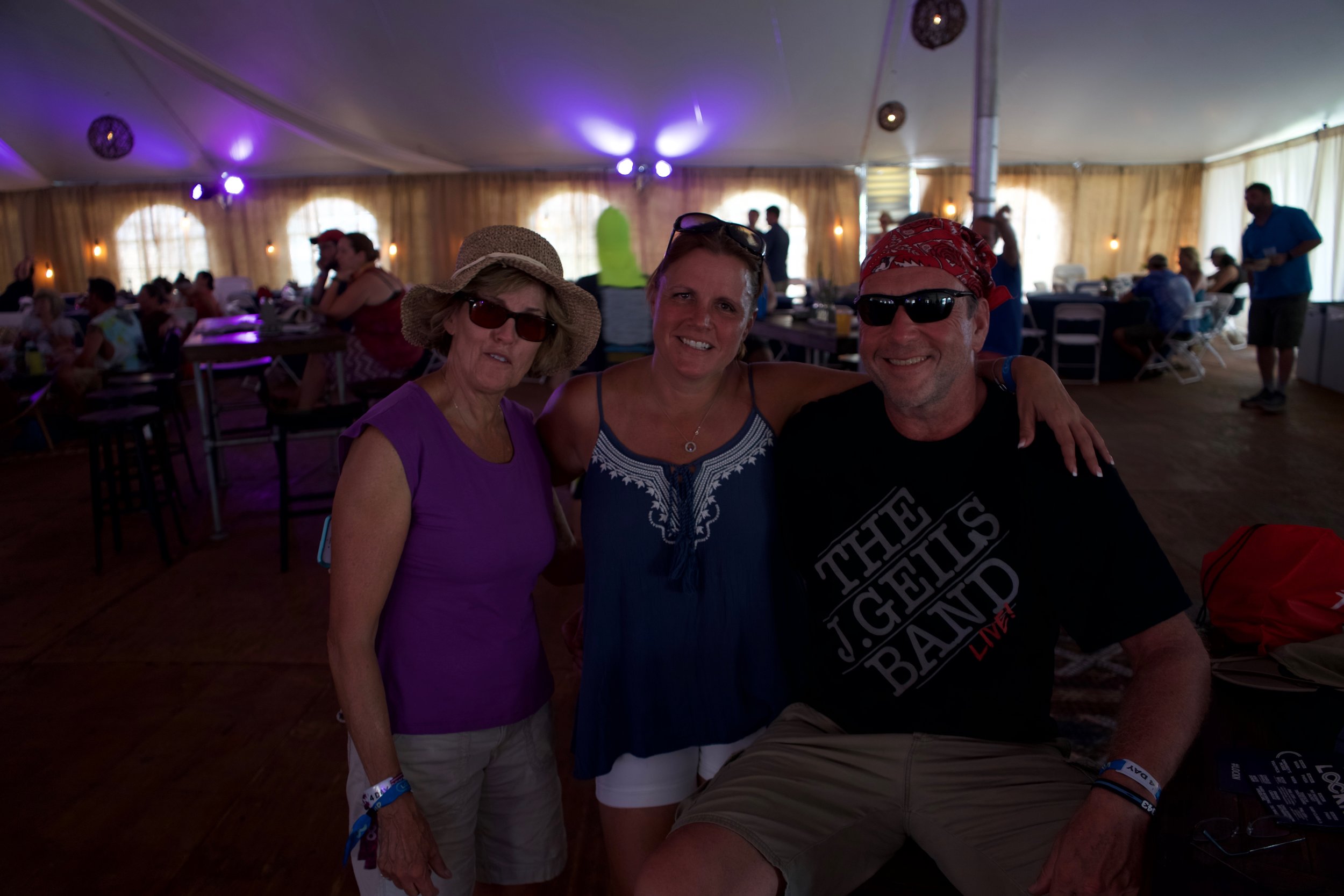
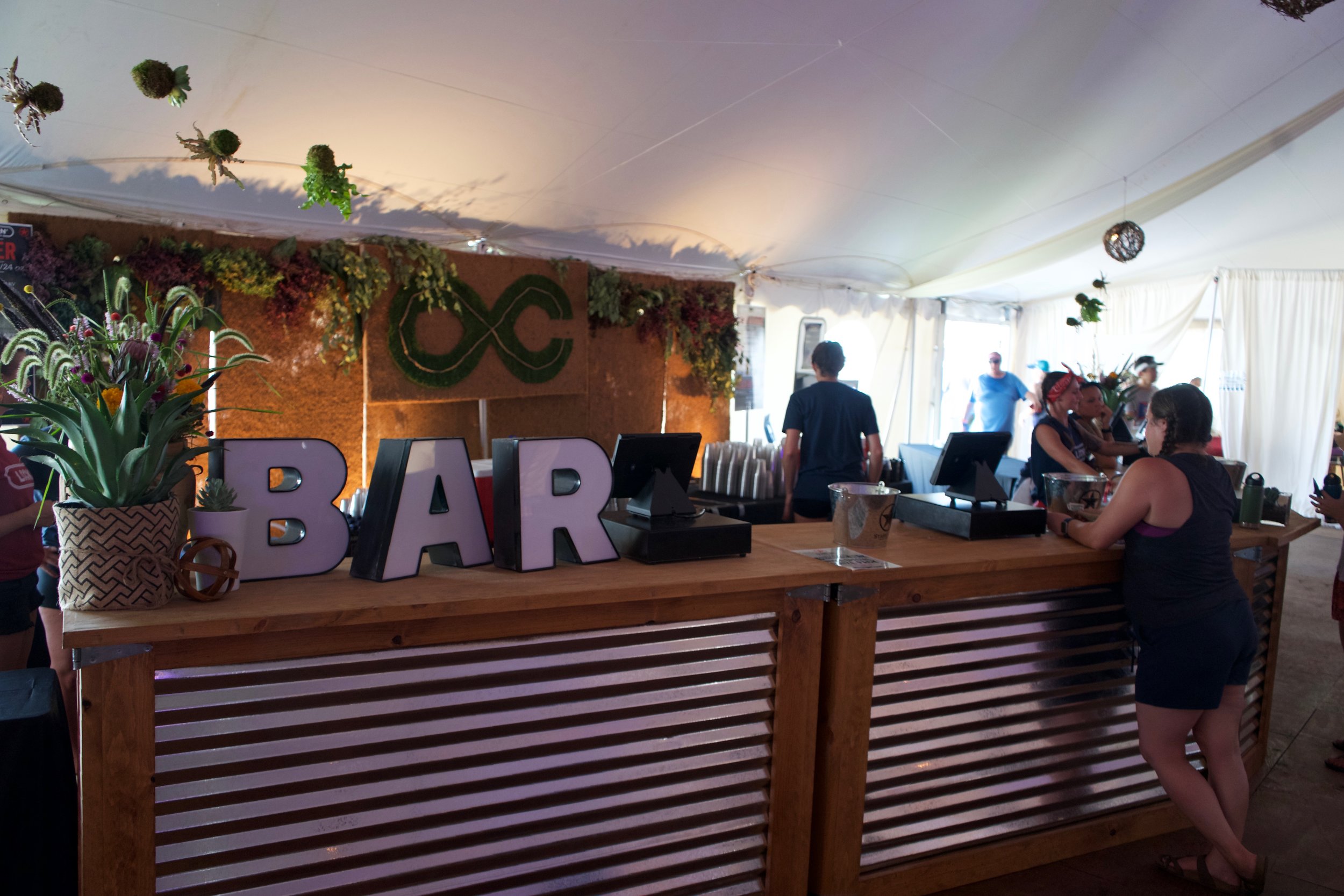
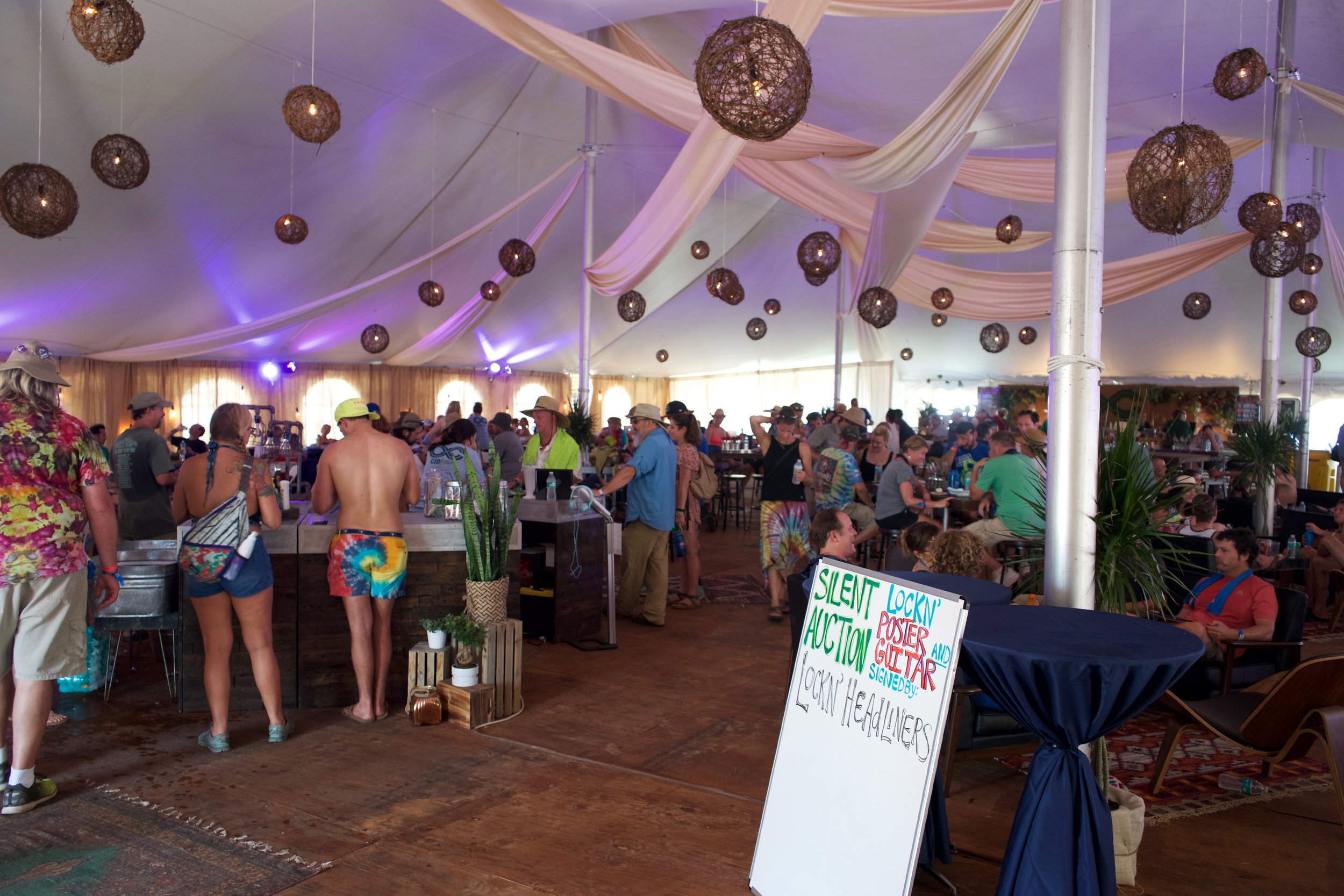
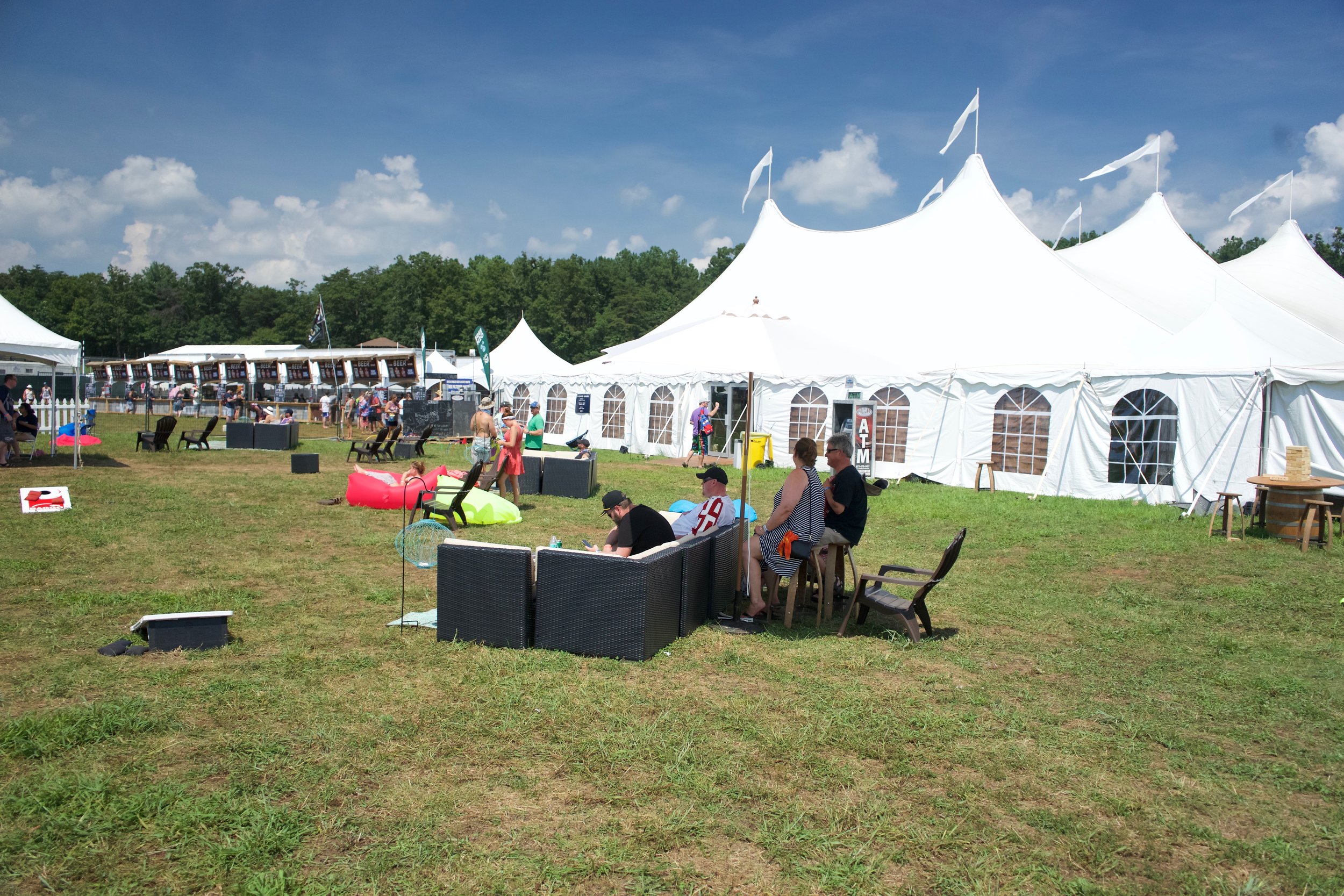

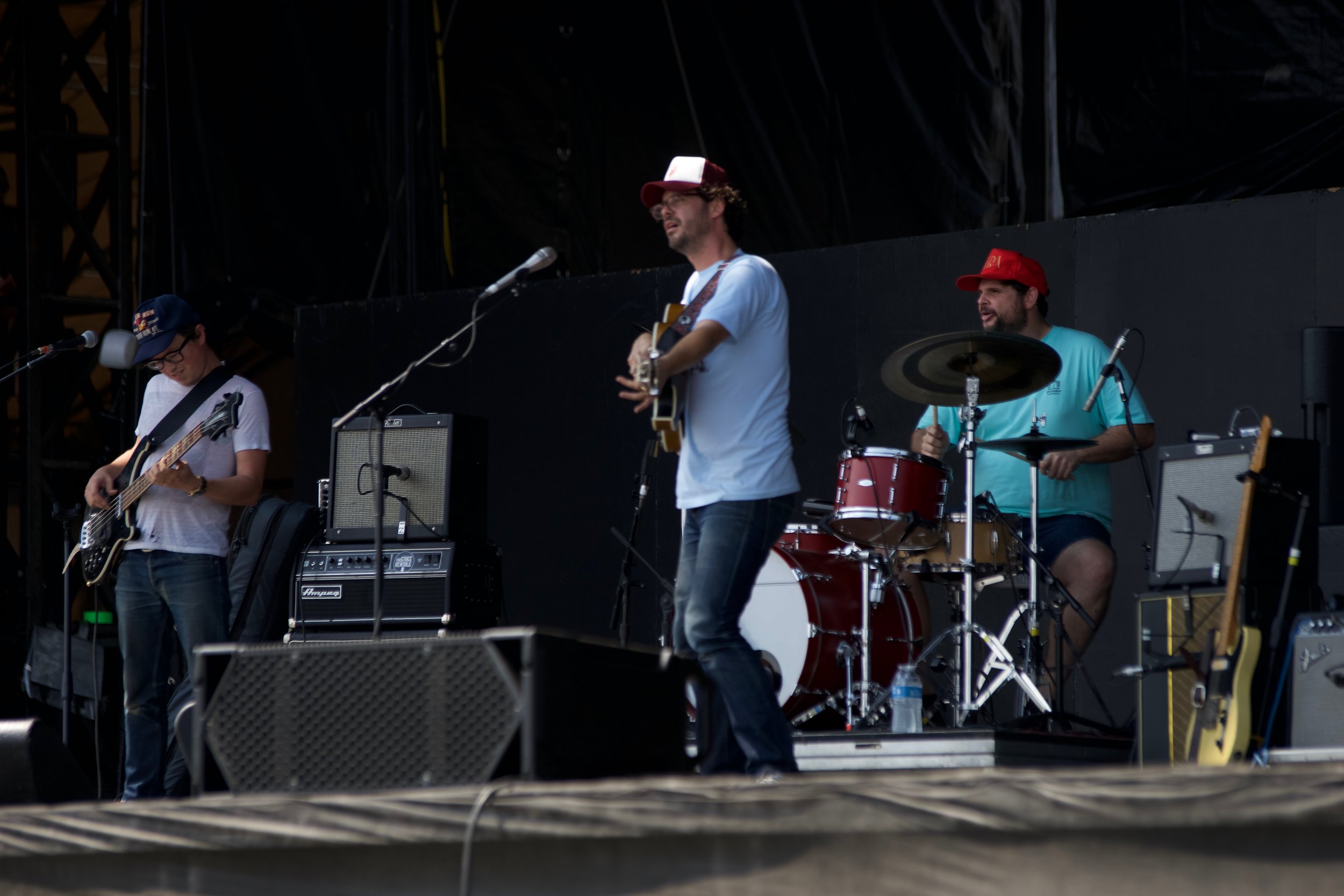
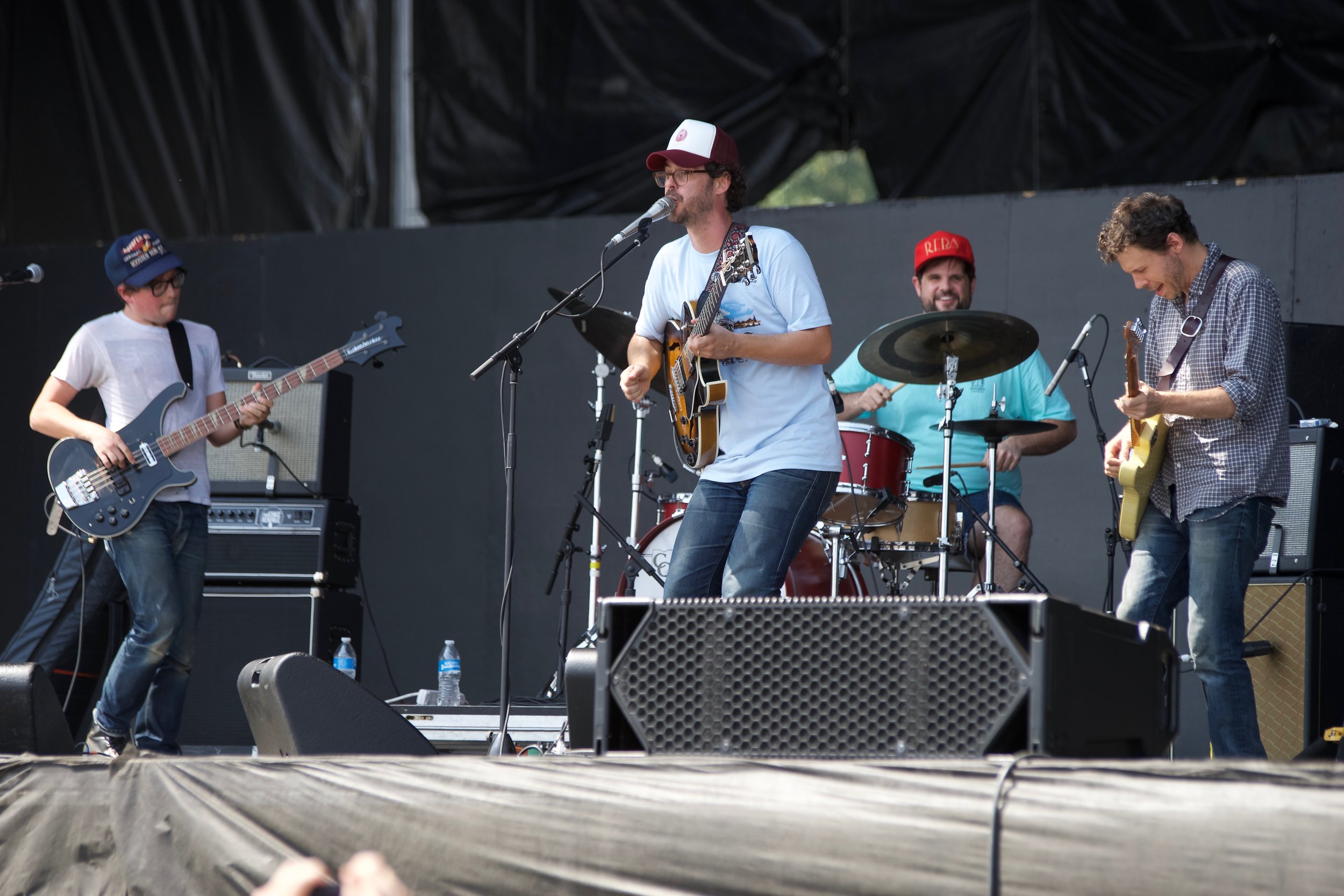
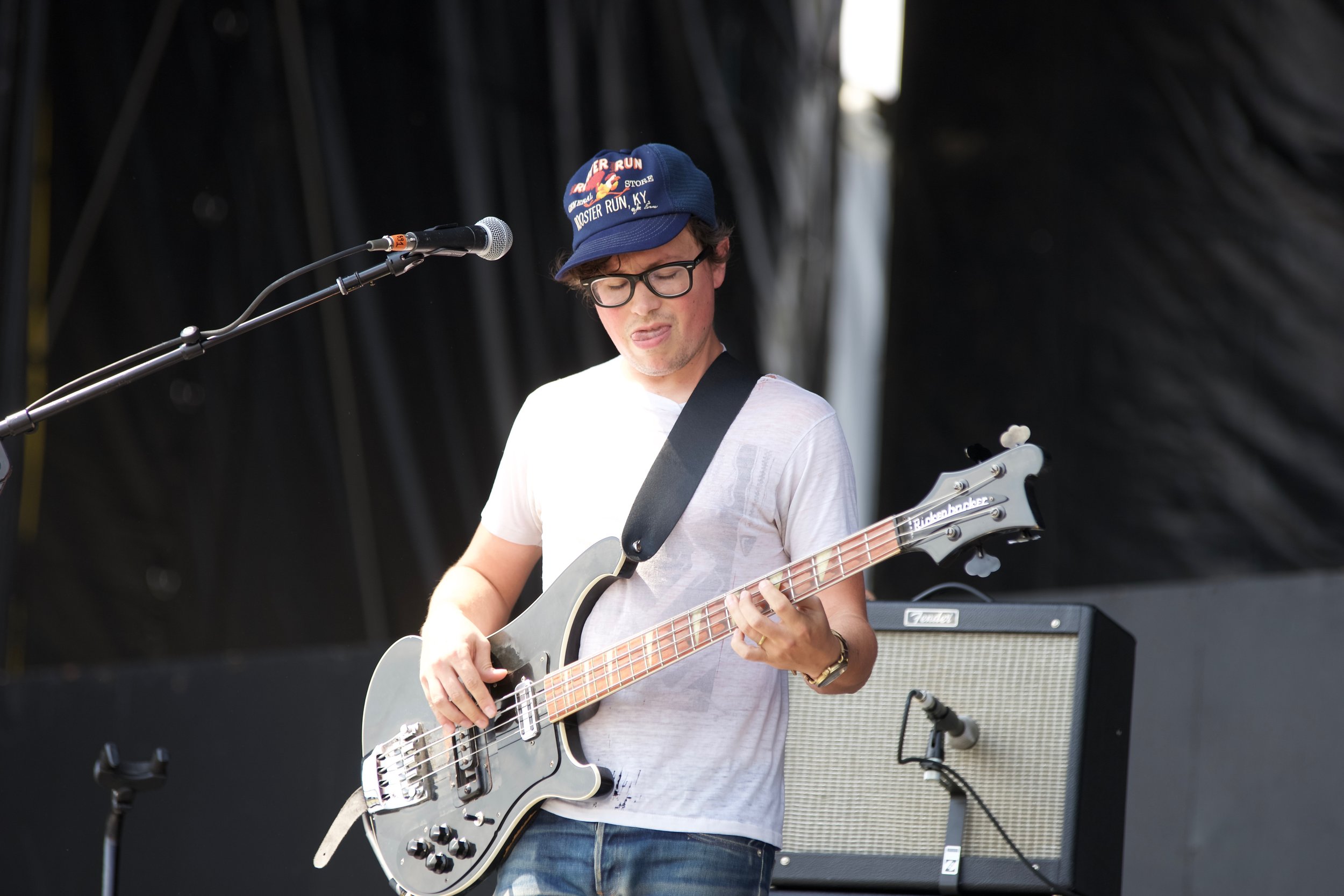
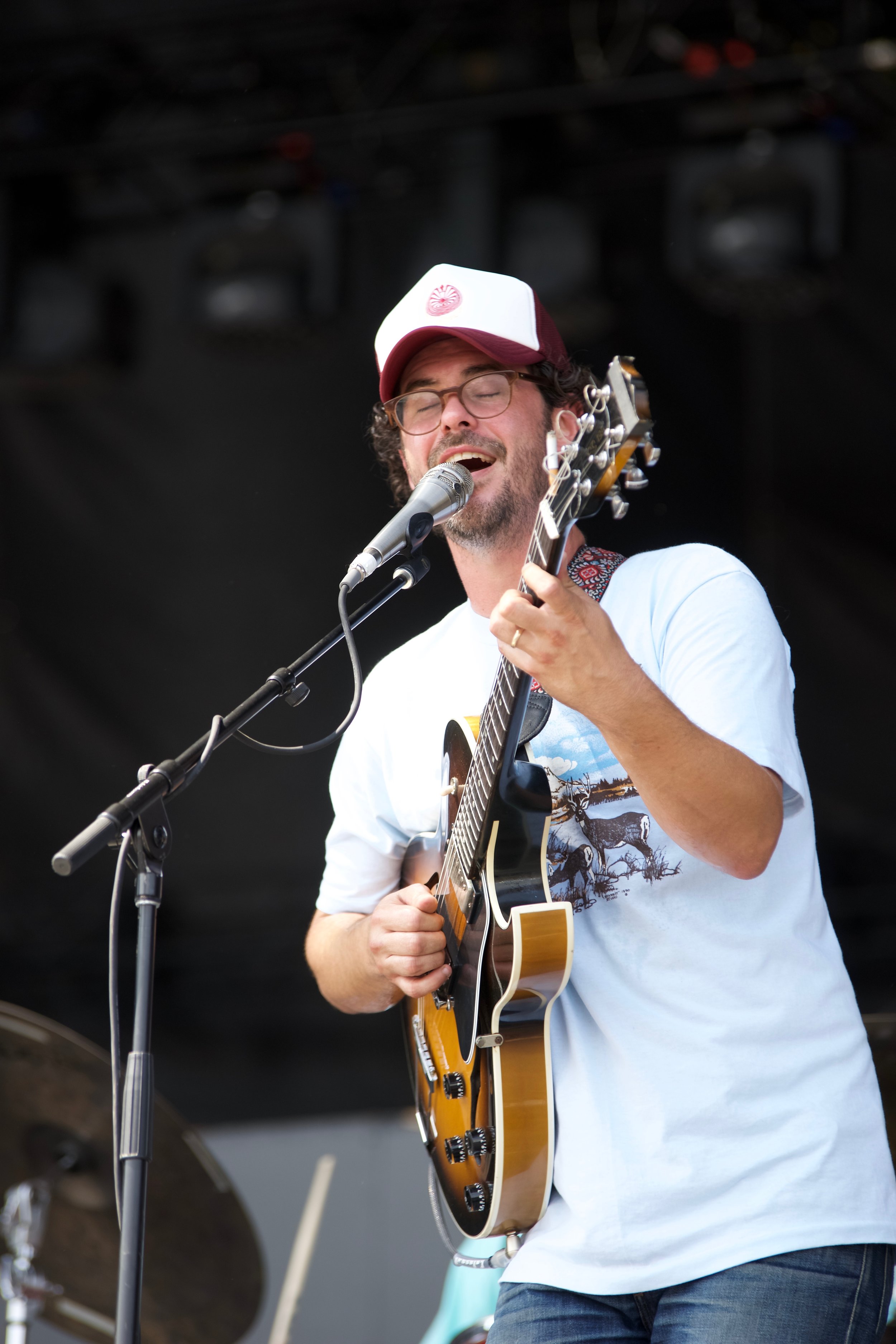

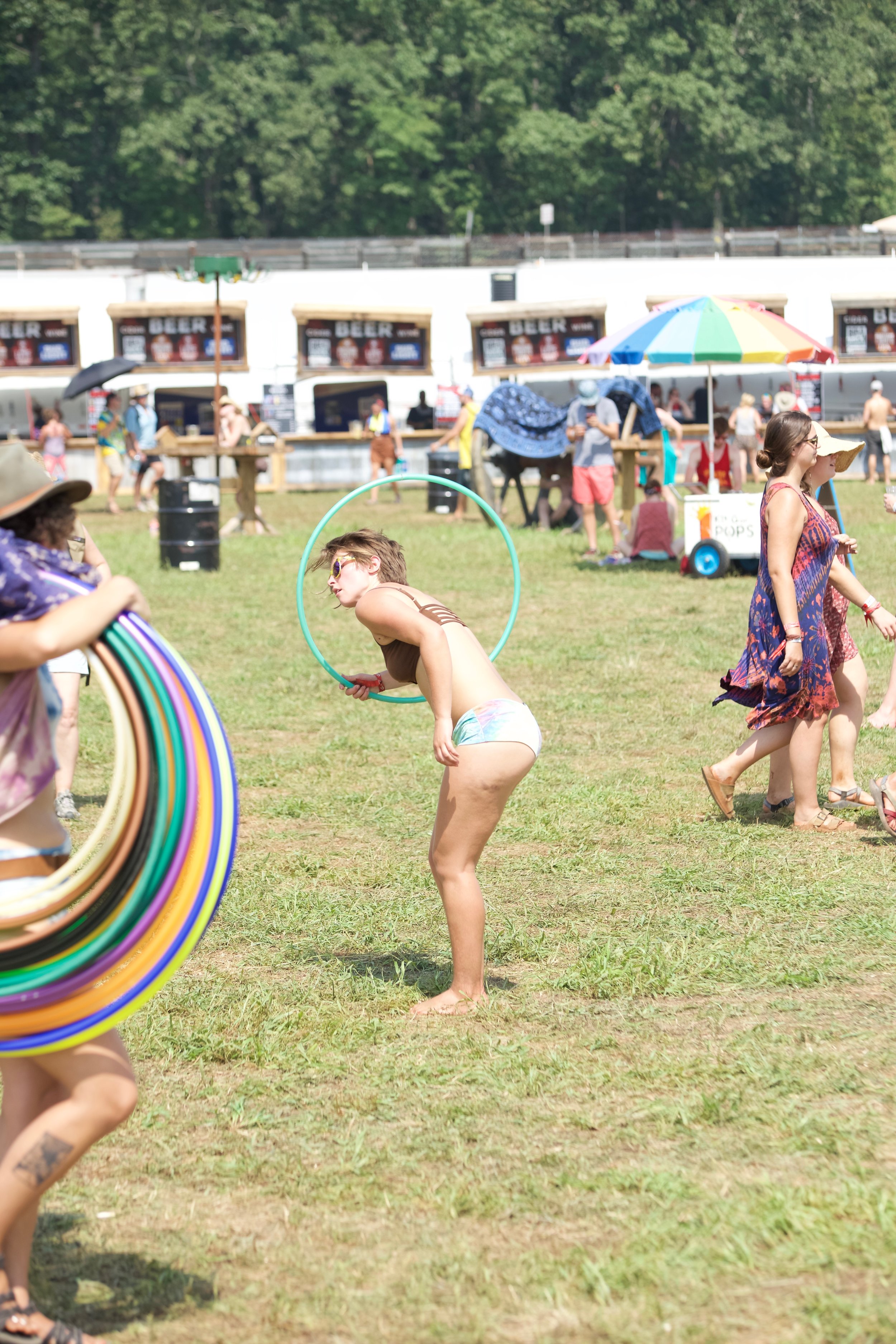

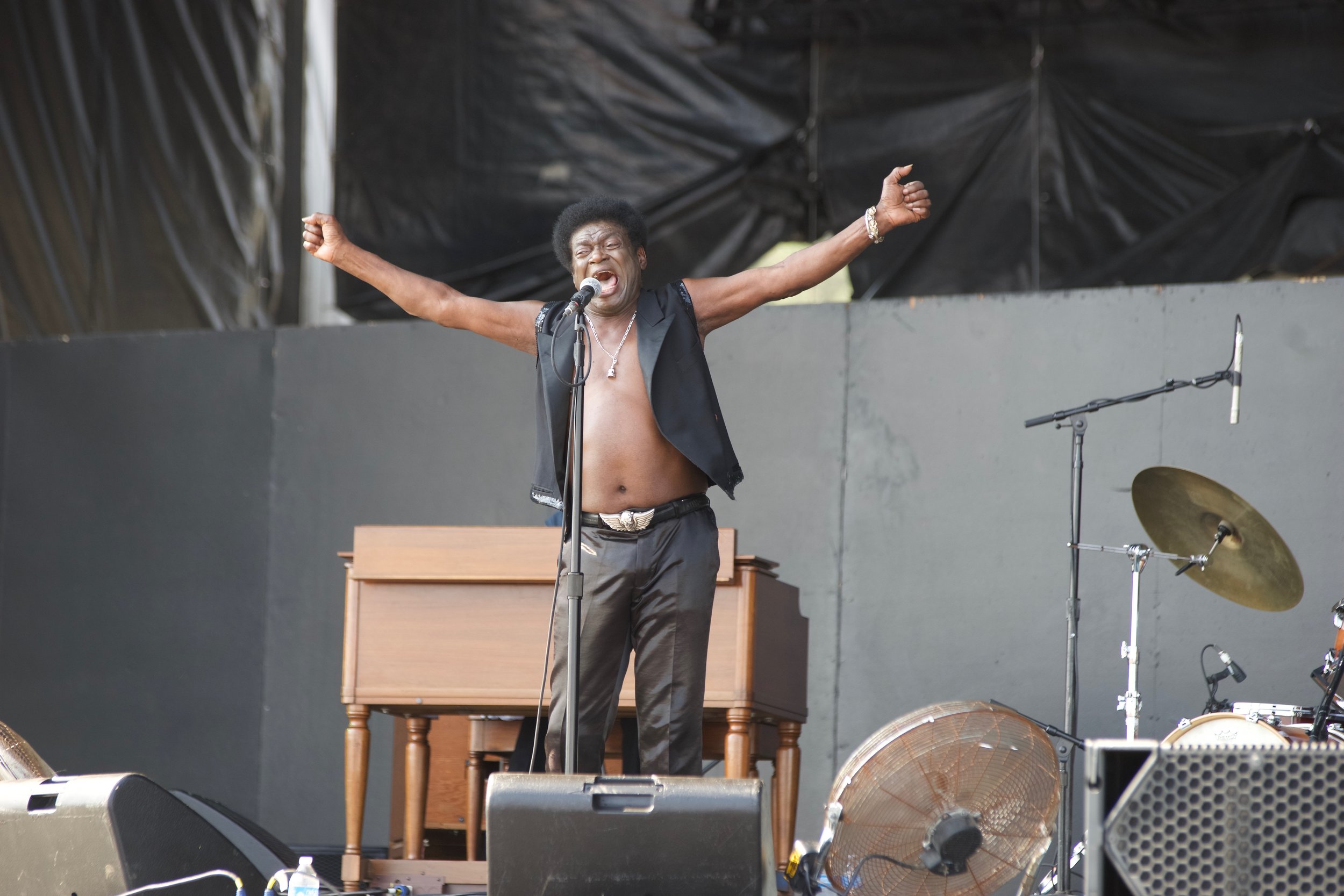
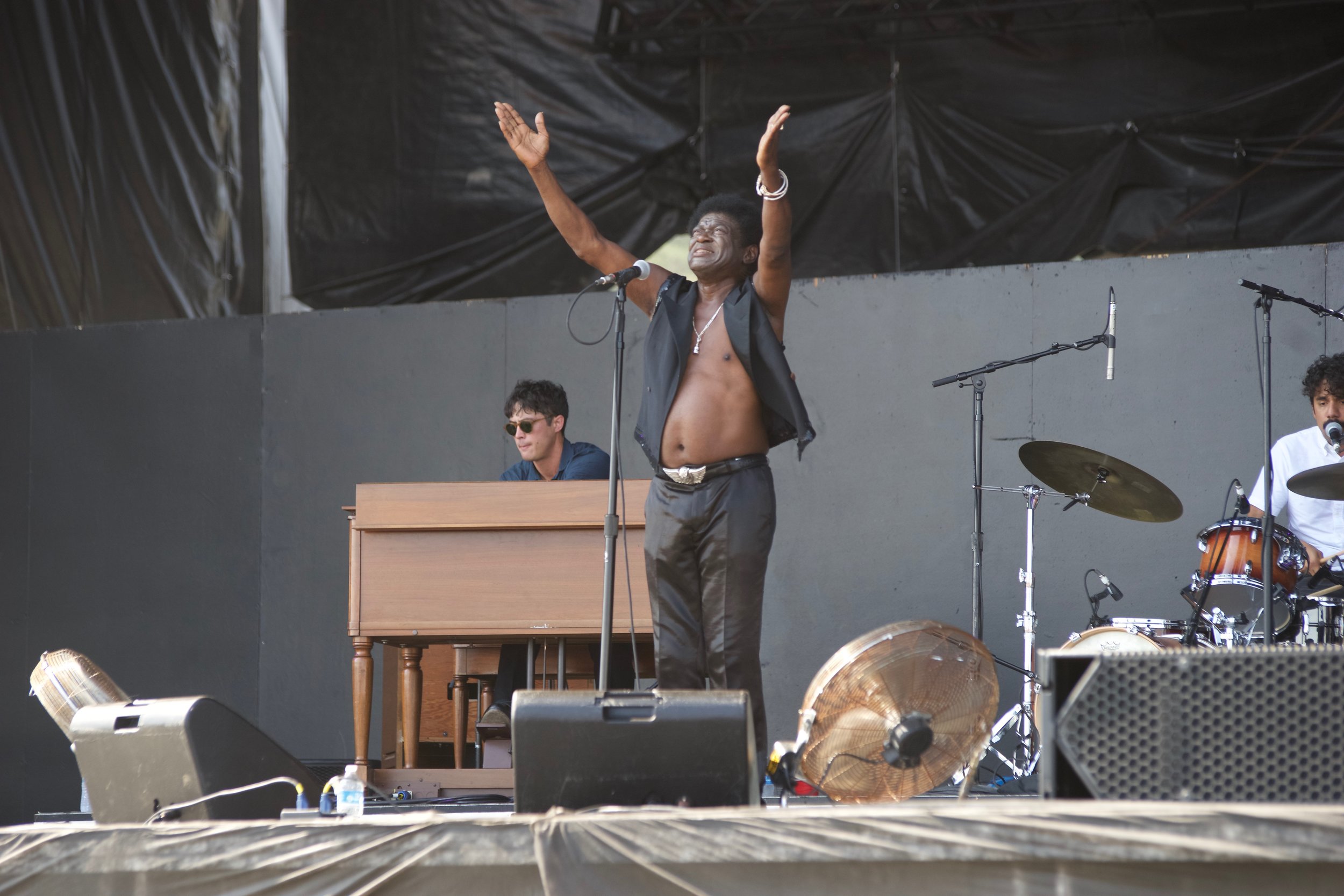




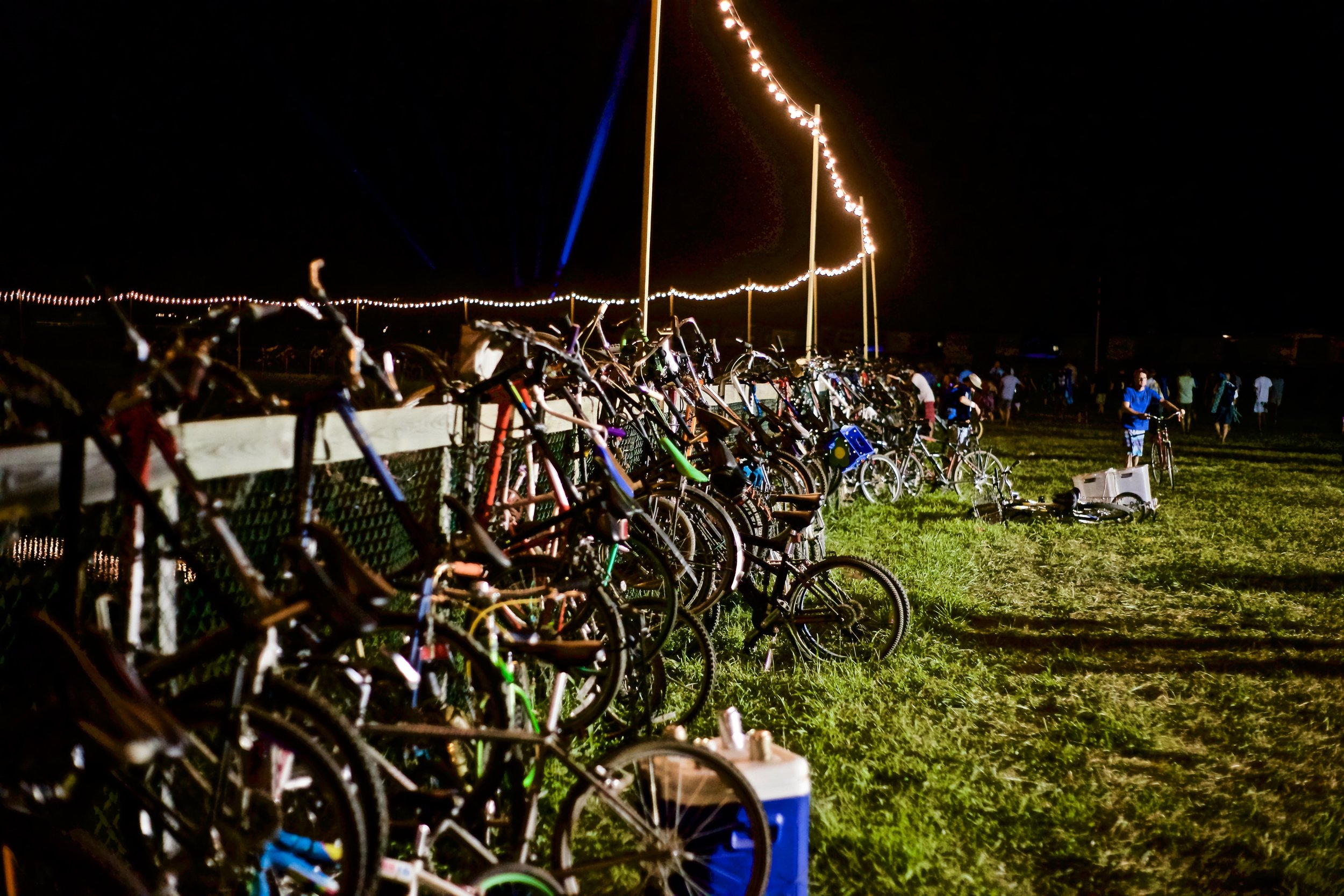

![Governors Ball 2016 Ticket Prices [10]](https://images.squarespace-cdn.com/content/v1/56a2a9954bf1189ee013430f/1471630666633-1AXEZNK6IMHZ8RXBXG0P/image-asset.png)


